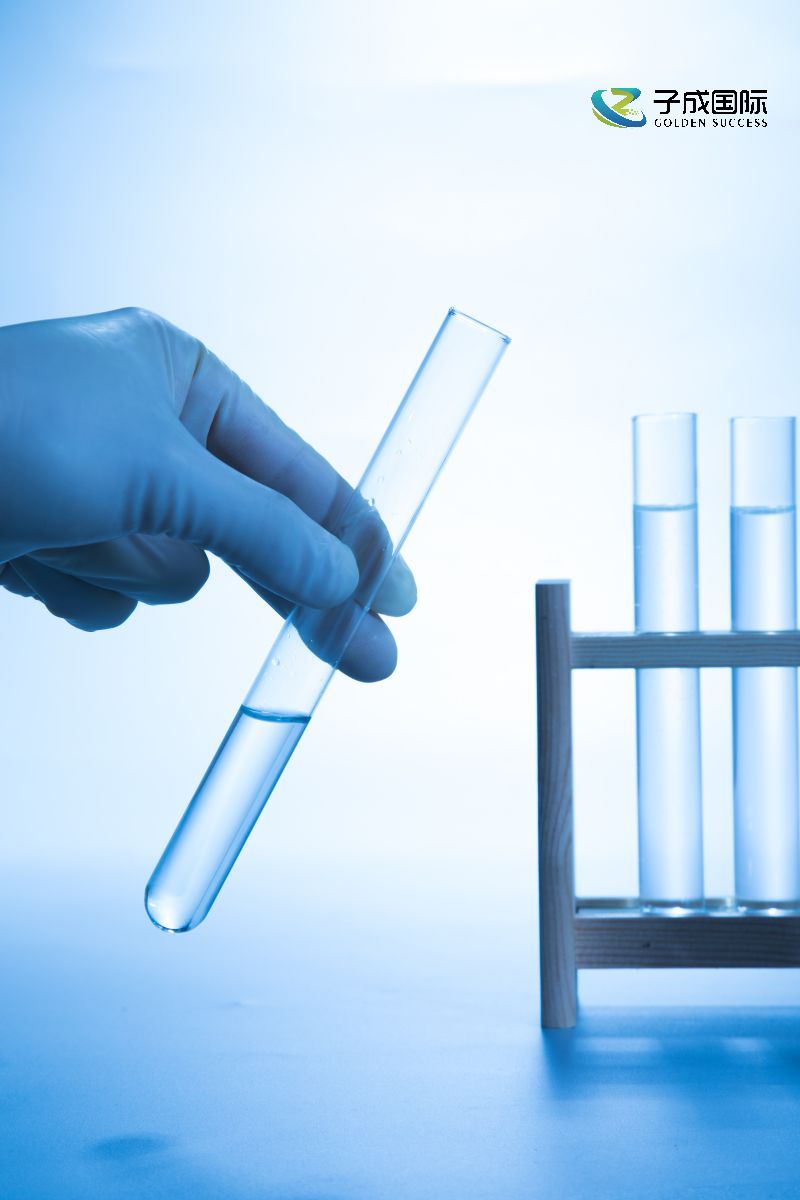The chemical composition of leveling agents is diverse, mainly including organosilicon compounds, acrylic copolymers, fluorocarbon compounds, etc. These ingredients have their own characteristics, such as excellent high temperature resistance, weather resistance, and lubricity of organic silicon leveling agents; Acrylic leveling agents have good film-forming properties and compatibility.

Performance optimization is the key to the development of leveling agents. By means of molecular structure design and modification techniques, key performance parameters such as surface activity, viscosity, and wettability of leveling agents can be adjusted. In addition, using compounding technology to combine different types of leveling agents can also achieve complementary and improved performance.
With the increasing awareness of environmental protection, the development of environmentally friendly leveling agents has become an inevitable trend. Leveling agents produced using environmentally friendly technologies such as bio based raw materials, low VOC emissions, and biodegradability will be more popular in the market. At the same time, companies also need to pay attention to the dynamic changes in international environmental regulations to ensure that their products comply with relevant standards and requirements.
Leveling agents need to be used in conjunction with other additives (such as dispersants, thickeners, pigments, etc.) during use. Therefore, its compatibility with other additives is one of the important indicators for evaluating the performance of leveling agents. By optimizing formula design and experimental verification, it is possible to ensure good compatibility and synergistic effects between leveling agents and other additives.

 English
English
 Chinese
Chinese Vietnamese
Vietnamese
 HOME
HOME
 PRODUCT
PRODUCT
 NEWS
NEWS
 CONTACT
CONTACT


